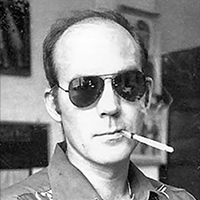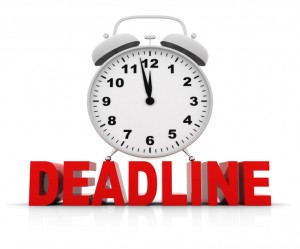Embracing Boundaries as a Content Marketer
 In a recent blog post, “Embracing Boundaries,” Seth Godin says:
In a recent blog post, “Embracing Boundaries,” Seth Godin says:
“With unlimited time, unlimited money and unlimited resources, of course you might do something differently. But your project is defined by the limitations and boundaries that are in place when you set out to accomplish something. You build something remarkable because of the boundaries, not without them.”
We writers don’t like the idea of boundaries. We like to be free. Like Hunter S. Thompson was free.
But embracing boundaries has helped me as I’ve written content for one of our biggest clients. Here’s how:
Talk to one person
Before picking up a pen or banging away at the keyboard, I get a clear idea of the audience. I picture him or her as much as I can. When the audience is, say, a retired executive, I think about someone I know who fits that description, and I write to him. Often the topics are ones that I’m not personally or emotionally attached too, which makes it more challenging. From the outset, the boundary created by the audience makes the project more manageable because I’m writing to someone I know. This boundary also keeps your content more focused on message and clear in tone.
Choose your words wisely
Remember the dreaded message your English teacher told the class? “Don’t ask me how long the paper’s supposed to be. Write until you’ve gotten your point across.” As a content marketer, I’ve grown to embrace the boundary created by the word count. It benefits the reader who comes to expect a certain length for the blog post or whatever the content might be. The benefit for you, the writer, is that you begin to think of covering your topic in that number of words. It helps your writing overall too as you prune here and slash there.
Nail the deadline
Oh, the horrific deadline! Hemingway never had deadlines, I used to think. As content marketers, we don’t have that luxury of working on a piece until it’s perfect. Nor should we want to. The deadlines created by our clients keep me focused on different parts of the writing process. For example, when one piece has a limit of four hours, I shoot for researching for one hour max. I aim to write for two hours, which leaves me 30 minutes for revisions and proofing. The 30 minutes to spare serves as a nice buffer for technical pieces and for any revisions requested by the client.

How do you embrace boundaries as a writer? Let us know in the comments section.
Stacy Dyer – Content Strategist



